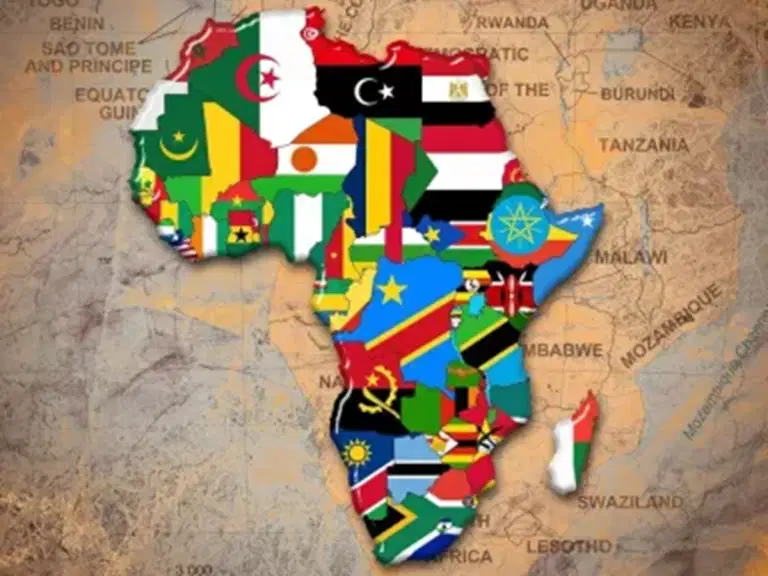The Nigerian Institute of Onchocerciasis, Trypanosomiasis and Research (NITR) said sub-Saharan African countries need to collaborate to eliminate diseases.
The Director-General of NITR, Dr Joachim Ajakaiye said this during an interview on Thursday in Abuja.
Onchocerciasis, also known as river blindness, is a parasitic disease caused by worm. It is transmitted through bites of infected black flies that breed near rivers. It manifests in skin and eye problems.
Trypanosomiasis, commonly called sleeping sickness, is transmitted to humans through bites by tsetse flies who also acquire the parasites from infected humans and animals.
The sickness in found in 38 African countries including Angola, Central African Republic, Chad, Congo, Gabon, Guinea, Malawi, South Sudan, Nigeria and Zimbabwe, Benin, Botswana and Burundi.
“We are emphasising on the integration of collaboration among the sub-Saharan Africa, which the disease
“In Human-African Trypanosomeiasis (HAT) World Health Organisation (WHO) is working towards the total elimination of HAT in Africa by 2030.
“Unfortunately, we have seen the reinfection, re-emergence of this diseases in Nigeria, particularly in Old Fossa region, like in Abraka region of Delta State, Obolo-Afor, Enugu and Gboko, Benue State.
“From the field work that we have carried out, we noticed zoonotic or transgenic infection, to the extent that the infection is getting acute,” he said.
He said researchers had observed that the disease was beginning to mutate into being able to cause infection in human beings, unlike before,” he said.
Ajakaiye, however, said they were still carrying out analysis to gather more facts on suspected cases and their locations.
For Animal African Trypasonomiasis (AAT), the D-G said that it had 34 states of the country, with Borno and Yobe states.
He added that trans-border movements of cattle from Niger and Chad Republic could encourage the transmission of the disease.
“On this basis, we have decided that even when we can eliminate or suppress the disease in some of our states, tsetse fly does not need visa to cross into the country,’’ he said.
He further said that about 18 million people from 22 states in the country were infected with river blindness, especially those in riverine and fast flowing river areas.
The NITR D-G regretted that river blindness vectors move in a radius of more than 400 kilometers, making it possible to expand far away.
Ajakaiye stated that African countries would meet in Kenya on the invitation of the European Union through the African Union Inter Bureau for Animal Resources in one of the efforts to fix the challenge.
He said the meeting would be on the theme ‘Controlling the Menace and the Burden of Animal African Trypasonomiasis (COMBAT).’
Sponsored by the European Commission, the programme would look at how countries could collaborate in dealing with the AAT menace.
NAN


